Table Of Content
- 1 30 Proven SEO Strategies
- 1.1 1. Know Your Audience
- 1.2 2. Keyword Research
- 1.3 3. Competitor Analysis
- 1.4 4. Long Form Content (Audience First, Search Engine Later)
- 1.5 5. Update Old Content
- 1.6 6. Add Visual Elements
- 1.7 7. Google AutoComplete Makes Sense
- 1.8 8. Incorporate Long-Tail Keywords In Your Content
- 1.9 9. Fresh Content Matters
- 1.10 10. Capture Attention With Compelling Titles!
- 1.11 11. Refrain From Keyword Stuffing
- 1.12 12. Broken Link Buildling
- 1.13 13. Remove Duplicate Content
- 1.14 14. Crisp (Yet Descriptive) Meta Titles
- 1.15 15. Responsive Page Designs
- 1.16 16. Keyword Optimized URL
- 1.17 17. Pay Attention To The Google PageSpeed Insights
- 1.18 18. Add Keywords In Your Headline Tags
- 1.19 19. Harness The Power Of Social Sharing Wherever Required
- 1.20 20. Take Out Bad Backlinks
- 1.21 21. Leverage Question-Answering Platforms
- 1.22 22. Internal Linking
- 1.23 23. XML Sitemap Creation
- 1.24 24. Add SSL Certificate
- 1.25 25. Rich Snippets
- 1.26 26. Mobile-Friendly Website
- 1.27 27. Stay Informed About Google Algorithm Update
- 1.28 28. Look For Guest Posting Opportunities
- 1.29 29. Google Search Console
- 1.30 30. Use Canonical URLs To Avoid Duplicate Content
- 2 And It’s A Wrap!
Whenever you think you know how the search engine works, Google rolls out a new algorithm update.
Have you been caught off guard by an algorithm update from Google? Is your strategy now up in the air?
Worry not!
We’ve put many strategies to the test.
Some strategies make SEO a breeze. You might have heard about it but have yet to experience it.
In this post, you’ll find everything you need to ace the SEO (search engine optimization) game.
Whether you’re a beginner or an SEO expert, we’re confident you’ll find the techniques in this post super valuable.
Let’s dive in and make the most of them!
Click Here To Read Out: Drawbacks Of Pay Per Click Marketing
30 Proven SEO Strategies
Are you ready to explore the top 30 best practices of SEO? Here you go!
1. Know Your Audience
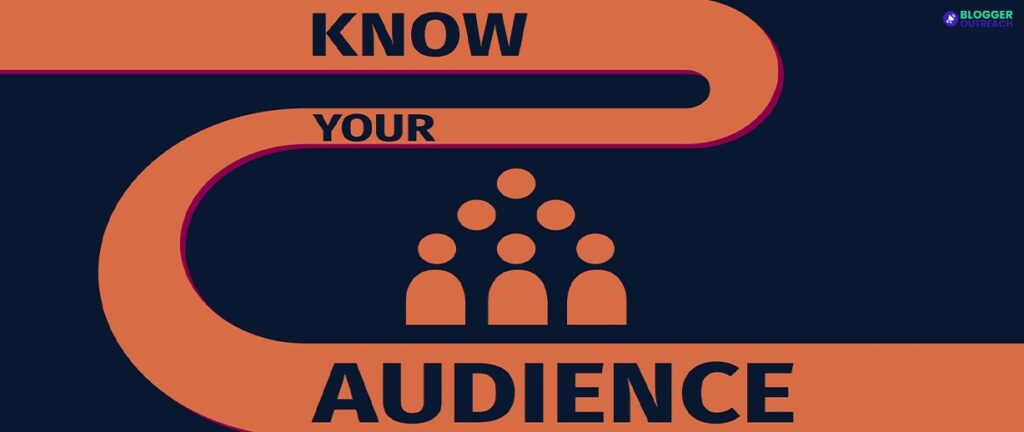
This is where most SEO beginners need to correct a mistake.
Why do they need to do better here?
They don’t ask themselves the right questions.
Mostly because they don’t know what the right questions are.
Before You Even Start Writing A Single Word, Ask Yourself The Following Questions:
- What are the pain points of your audience? What’s troubling them?
- What solution are they looking for?
- Where are they mostly located?
- Are they female or male?
- What’s their average age?
- What do they prefer? Short-form content or long-form content?
Once you have the answers with you, think of performing keyword research.
2. Keyword Research

Identify your focus keywords before you begin your keyword research.
By using these keywords, you can define your niche and see what your competitors are doing.
These keywords can help you optimize your content. Furthermore, they can drive conversions regardless of whether you run an affiliate marketing website.
Investing in the right keywords will increase conversions and provide sustained long-term value.
3. Competitor Analysis

Behind every successful SEO strategy, there lies a competitor analysis. Unless you don’t know where you stand, how can you even outperform them?
How To Successfully Perform Competitor Analysis For SEO?
- Content: Figure out the type of content your competitors are writing. Are they meeting the search intent more accurately? Are they producing a more extensive range than yours?
- Rank Drop: If you experience a sudden rank drop, evaluate the reason. Check out what your competitors are doing that leads to a sudden drop in your ranking.
- Gap Analysis: Look for loopholes in your content or strategy if you don’t get the desired rank. There may be some aspects that your competitors focus on heavily that you need to include.
4. Long Form Content (Audience First, Search Engine Later)

If you want your content to have a greater chance of ranking highly, make sure you produce substantial content of high quality.
Don’t simply add unnecessary words to bulk it up – focus instead on relevance and providing value to your readers.
Writing content that stands out from the rest is essential for success. Make sure you create content that is not only lengthy but also high-quality.
Search engines are sophisticated enough to distinguish between top-notch content and fluffy filler, so put extra effort into crafting content that shines!
There’s no need to search for a loophole or try to trick the search engine. Your best bet is to focus on writing for humans first and search engines second.
That way, your content will impact you and get a higher SEO ranking.
5. Update Old Content

Updated content demonstrates your commitment to delivering top-notch quality to the search engines and your readers.
Plus, being devoted to providing only the best content will lead to better SEO rankings.
Your top priority should always be to give your audience what they need.
Make sure to create content that is captivating and authentically written. Your audience will appreciate it!
Take a look back at your top-performing content from the past year.
Compare each piece to the present to see if there have been any noteworthy changes.
If so, spend some time updating the content, then give it a fresh push as if it were brand new.
6. Add Visual Elements

Including images in your content is a great way to make it scannable.
Break up large blocks of text and keep your audience engaged. It’s a proven method to improve your SEO ranking.
Make sure your images make sense and add true value! Make sure to include images for the sake of it; these can often be annoying for the user.
Be bold and think outside the box! Gifs, videos, and interactive content pieces are all awesome options to consider if you want to switch up your images. Experiment and see what works best!
Note: Don’t just add images for the sake of doing it. Value-backed images drive more people to your content.
7. Google AutoComplete Makes Sense

Google Autocomplete can be a real-time-saver, providing you with the perfect search terms, so you don’t have to think twice.
With this easy-to-use method, you’ll be able to quickly and easily uncover relevant phrases that your customers are searching for.
Check for fresh topics (low competition) among the suggested keywords.
You can also maximize your image SEO for effective keyword usage in the alt text! Start by focusing on the image itself and writing a descriptive caption.
8. Incorporate Long-Tail Keywords In Your Content
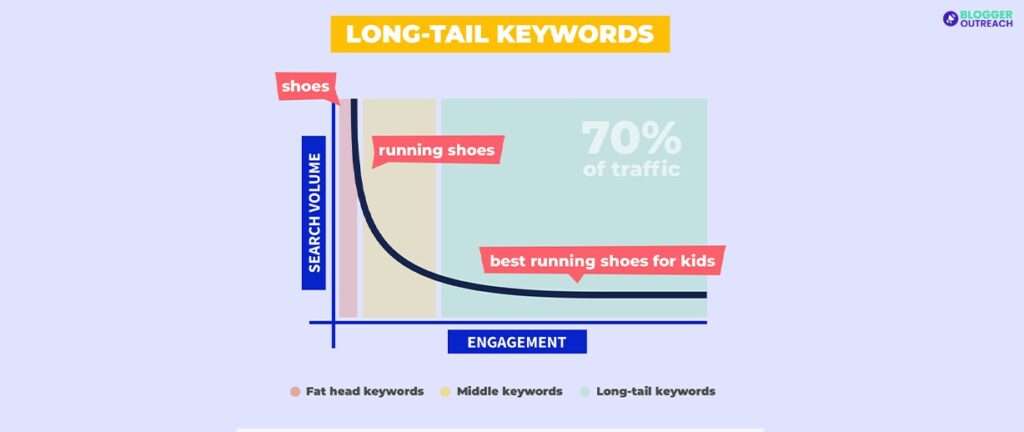
Long-tail keywords contain 3-4 words and are more specific than shorter keywords. Using these long-tail phrases can target more precise audiences and drive more qualified leads.
Ensure your content is properly optimized with long-tail keywords to get the highest conversions possible.
Let’s suppose your target keyword is ‘digital marketing’. Here you can target a longer keyword such as ‘types of digital marketing’.
They also come with less competition.
9. Fresh Content Matters

Quality content is still key, but remember to keep the content fresh as well.
Create an ongoing flow of new posts and watch the search engine rankings soar.
Share your expert opinion on the latest industry news in your field to create engaging posts!
Breaking your core topics into smaller, keyword-rich pieces will help you produce interesting and relevant articles.
If you want to maximise your SEO strategy, remember to post regularly and consistently! Keeping your content fresh will help boost your SEO rankings, so post often.
10. Capture Attention With Compelling Titles!

The success of your posts and SEO efforts starts with making a great first impression. So, make sure your content is top-notch!
If You Want To Generate More Clicks And Increase Conversions, Make Sure Your Titles Are:
- Clear
- Interesting
- Packed with relevant keywords
Garner more people to your post by crafting compelling titles that capture your audience’s attention.
Plus, make it keyword-optimized. Make your headline stand out so potential customers can’t help but click on your search results.
11. Refrain From Keyword Stuffing

It’s essential to be careful with the number of keywords you include in your posts.
Make sure to include a keyword with context.
Modern search engine algorithms are incredibly advanced and can assess your post’s relevance to a specific keyword based on various criteria.
To ensure your post is top-notch, focus on creating SEO-optimized quality content.
Keywords are only part of the puzzle – you don’t want to compromise quality to get them in there. For the best possible outcome, aim for a balance between quality and keywords.
Incorporating keywords strategically into your post is key for boosting your conversions. Crafting the copy with a natural flow will help keep your readers engaged and encourage them to take action.
12. Broken Link Buildling

Broken links can hurt a website’s search engine ranking. Broken links are dead links that lead to 404 pages.
Broken link building is finding the dead pages on your websites and fixing them with valuable content.
Here you’re creating value for the webmaster and aiding them to clear their website.
By assisting webmasters in cleaning up their websites and the web in general, you are providing great value to them….
…simultaneously creating links to your website.
The Following Are The Reasons Why It Is A Sensible SEO Approach:
- By fixing broken links, you boost the conversion rate of your site.
- Once you reactivate the dead links, you create more backlink opportunities for yourself.
- Rejuvenating broken links introduces you to a new audience.
- Replace broken links with high-quality content that allows you to improve your site’s relevance.
13. Remove Duplicate Content

Refrain from risking your SEO rankings due to duplicate content! Ensure your offering is unique and original to avoid any potential penalties.
Duplicating content across multiple URLs can make it challenging for search engines to decide which page should appear in a search. Ensure you keep your content manageable by avoiding this mistake!
Focus is key to converting your website visitors.
Take the time to ensure that your content drives traffic in a single direction and not divided across multiple locations.
This will give your content the power to convert website visitors and turn them into customers.
14. Crisp (Yet Descriptive) Meta Titles
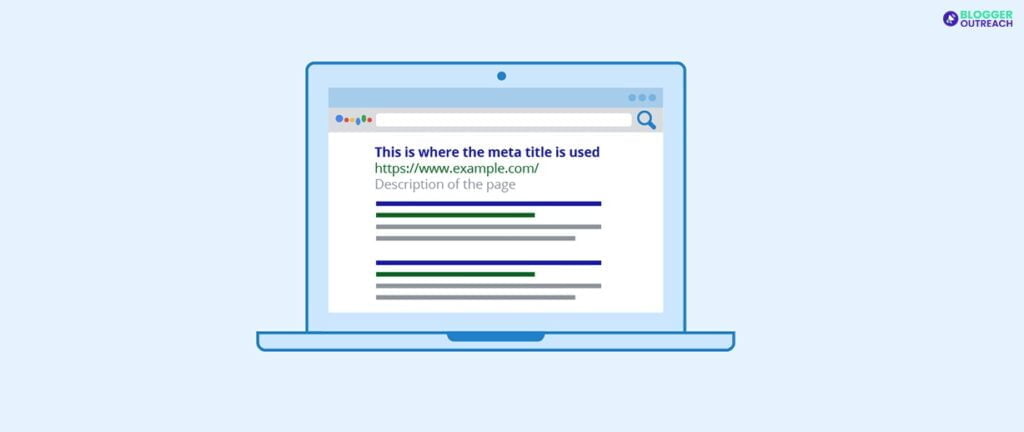
You must adhere to a few key guidelines to rank highly in Google. One of the most important is avoiding duplicate content, titles, and pages.
It’s important that your page titles accurately reflect what can be found on each page to ensure that search results are helpful and meaningful.
Rather than focusing on the similarities between pages, make sure you emphasize the distinctions that each page has. This will help you avoid giving similar names to different pages.
15. Responsive Page Designs

SEO goes hand-in-hand with user experience.
Do you know what a responsive page design is? Websites that are responsive across smartphones, tablets, and other digital devices.
Let’s say you have created the best content in the world, but your site is too slow. Or is it not performing well across all devices? In such cases, your bounce rate will surge, and you will see a drop in your rankings.
Here’s How Responsive Web Design Helps You In SEO:
- As discussed above, it is one of the important factors behind user experience.
- A responsive website comes with a faster loading speed. The more your website elements load quickly, the higher the chances of people spending time with your site. As a result, it sends a green signal to search engines.
- From the standpoint of search engines, having duplicated pages are a red flag. But responsive web designs eliminate duplicated pages and gives the necessary boost to your ranking.
16. Keyword Optimized URL
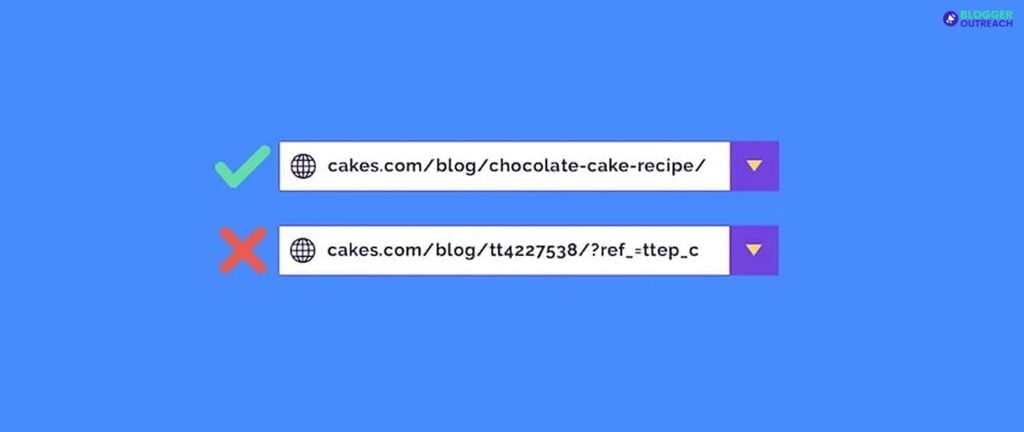
SEO-friendly URLs aim to meet the expectations of the users. Moreover, SEO-optimized URLs are short and rich in keywords.
Optimizing your URL with keywords makes the job easier for the search engine. In turn, search engines easily understand the context of your site.
Best practice: Let’s assume your primary keyword is digital marketing. Here you can add a hyphen between the words, such as ‘digital marketing’. Finally, add it to the URL.
The importance of hyphens is that they are the standard method of dividing words in a URL.
Apart From Adding Keywords To Your URL, You Can Also Do The Following:
- Keep the URL as short as possible.
- We recommend keeping your letters (of your URL) in lowercase.
- Refrain from incorporating dates in your URL.
- Avoid using blog post titles in your URL.
17. Pay Attention To The Google PageSpeed Insights
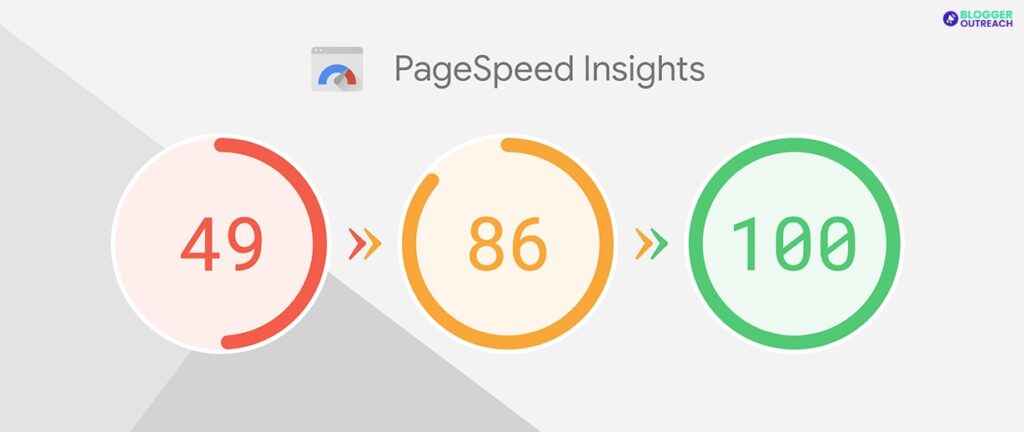
Following the guidelines of Google is always a smarter strategy to have. Google PageSpeed insights do the same. Pay heed to the data it reflects and try to act accordingly.
You know where you’re going wrong when you have a clear picture of your website’s speed. By following Google’s recommendations, you increase your chances of obtaining a higher rank.
You will get scores ranging from zero to a hundred based on your site’s speed.
What If You Get Lower Scores? Here Are The Best Practices:
- Optimize images.
- Optimize your site experience.
- Lighter JavaScript and CSS files.
- Try to remove render-blocking sources.
- Enable compression.
18. Add Keywords In Your Headline Tags
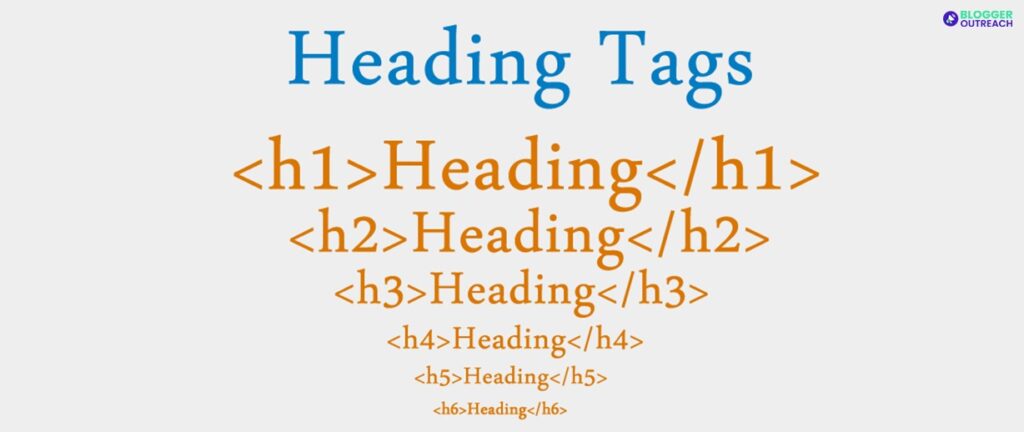
Do you know that search engine crawlers assign greater importance to H1, H2, and so on? Yes, that is absolutely true. Headline tags are of great importance from a crawling perspective.
If the search engine discovers a keyword in the heading tag, that implies that the keyword is of greater relevance to the topic of the page.
Wait.. Given The Importance They Possess, Here You Have To Follow Some Best Practices:
- Don’t use headline tags excessively. Please don’t spam with headline tags. Add H1, H2, H3,… contextually.
- Don’t spam your headline tags with keywords. Always make sure that the keywords must be in line with the content of that specific headline.
19. Harness The Power Of Social Sharing Wherever Required

Adding a social sharing button is a boost for any website. Not only your posts but all the pages of your website must also have a social sharing button to it.
But you must know the correct place to add a social sharing button. Add the button in such a way that it doesn’t disrupt the user experience. Ideally, in your sidebar.
If people find your site share-worthy, you give them a share button at their fingertips.
We recommend people prominently display share buttons at the top and bottom of each page.
20. Take Out Bad Backlinks

Backlinks are an important factor in SEO. Only some backlinks that you have the same importance.
Some backlinks can negatively impact your SEO efforts. Yes, that’s true!
Stay away from poor-quality links that don’t add any value to your website.
Bad Backlinks Often Lead To Websites With:
- Spammy content.
- Plagiarised content.
To figure out bad backlinks, you can leverage any tools to check its spam score. Once you come across any harmful links, make sure you keep a note of them.
Once you have the list, ask a webmaster to remove the links. Apart from the webmaster, you can also capitalize the Google Disavow tool.
21. Leverage Question-Answering Platforms

When we talk about question-answering platforms, quora comes to our mind first.
Sharing quality content on quora attracts inbound links to your site. If you believe in value addition, Quora can be a great platform.
Here’s How You Can Take Advantage Of Quora:
- Understand your niche. Choose niche relent questions.
- Sort out the questions by popularity. Popular questions drive higher referral traffic but are competitive and vice versa. Another clever thing you can do is choose a topic that hasn’t been answered yet.
- Now comes the most important part – value addition. How can you stand out? You must add immense value through your content to stay above the curve.
- Now, link your content to your site or your blog/content wherever you want. Don’t incorporate links forcefully. Seamlessly add links without breaking its flow.
22. Internal Linking

Amidst the backlink discussion, we often ignore the importance of internal linking.
Internal links are connectors. They help both the readers, as well as the search engine to link to your content.
By working on internal links, the search engine can determine the relationship between your posts or other content.
Have you ever heard the term orphaned pages? These are pages without an internal linking structure. So don’t get yourself in trouble by having a lot of orphaned pages. They thwart Google from indexing your site. In case they do it, it may take a lot of time.
23. XML Sitemap Creation

A sitemap is a document or file that allows search engine crawling to be more efficient by containing a list of the website’s URLs.
It is indeed possible for the search engine to crawl the website without a sitemap.
However, the process would be far more streamlined with a sitemap. A sitemap will also assist the search engine in locating the more difficult-to-find parts of the website.
In short, sitemaps are an effective way to ensure search engines can find new or updated content on your website.
Without incoming links or a sitemap, search engines may be unable to discover all the content on your website.
24. Add SSL Certificate
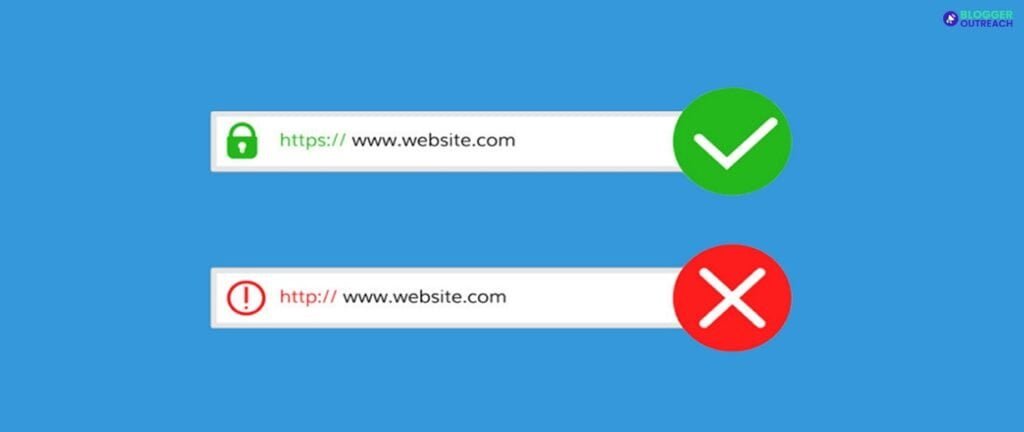
You may be wondering how an SSL certificate helps you in higher SEO rankings.
SSL certificates help to protect your personal information (login details, data details, etc.).
Even if you do not have a page with personalized information, you can still fetch SEO benefits from SSL certificates.
Having an SSL certificate indicates that you care for your audience. In turn, Google gives a boost to your ranking.
25. Rich Snippets

Rich snippets come visually appealing and contain additional information along with the title, description, and URL. Rich snippets are Google search results with additional data displayed on them. Having a rich snippet makes your content easily scannable on search result pages.
By optimizing your rich snippets, users can determine whether your website data is relevant to their search query.
These snippets are visually formatted as tables, bullet-pointed lists, text blurbs, and videos.
Moreover, providing detailed data directs pre-screened visitors to the website, thus leading to a lower bounce rate.
26. Mobile-Friendly Website

Is Mobile friendliness a ranking factor? You only need some common sense to understand it.
How many times a day do you Google something? Is it done from a smartphone or desktop? Now, you get the answer.
In the current era, humans rely heavily on Google for their search queries.
This is where a mobile-friendly website comes into the picture.
From the standpoint of Google, a mobile-friendly website is an important user experience factor.
So you can infer that Google does not favour websites not optimized for mobile use.
27. Stay Informed About Google Algorithm Update

Preparation is the key to a smart response. Google is quite popular for its algorithm updates.
Some websites witness a surge in rankings, while others see a drop.
So the question is how you can keep yourself updated with the changes.
Let’s be very honest. If you believe in adding value to your audience, you’re on the safer side.
Don’t panic. If you start panicking, you’ll end up making the wrong decisions. Don’t jump into the confusion; the algorithm takes some time to implement the changes. So you must take some time to decide your next plan of action.
Once Google confirms the core update, you must perform a content audit. Check how your content has been affected. Once you figure out the part of your content that has been suffered, strategize about optimizing it.
Don’t forget the E.A.T (Experience, Expertise, Authoritativeness, and Trustworthiness) parameter. Google has already cleared that they prefer first-hand information more than anything. So it is better to keep them in mind.
28. Look For Guest Posting Opportunities

Guest posting is writing for fellow websites and garnering backlinks to your site.
Writing for high-authority websites enables you to earn quality backlinks to your site. High-quality backlinks act as a vote of trust and help you rank higher on SERP.
Now the question is…
How can you find guest posting opportunities?
Let’s share a hack with you. Find someone from your niche who write a lot of guest posts. Once you have some names on your list, search for them. In turn, you will come across sites that accept guest posts.
Check the metrics of the sites, reach out to them, and start writing for them.
If you follow the said practices diligently, you’ll see a major boost in your SEO results.
29. Google Search Console

First, access the Google Search Console and navigate to the Performance Report.
Selecting “Pages” will display a list of the web pages that generate the most traffic.
If you dig deep, you will discover many keywords you needed to be aware you were being ranked for.
How does that help?
Once you know these keywords, you start adding them and further boost your ranking.
30. Use Canonical URLs To Avoid Duplicate Content

Canonical URLs come with the attribute rel=canonical. They help the search engine to identify similar URLs.
When you add a canonical tag to your URL, you point out that similar content exists for multiple URLs.
How do even canonical URLs make sense?
Duplicate content can negatively impact your SEO efforts. Here canonical URLs come into the picture.
Adding a canonical tag to your URL indicates the search engine indexes the preferred link only. By doing so, you’re preventing yourself from falling into the trap of duplicate content issues.
And It’s A Wrap!
Kudos! You reached this point in the article, indicating that you’re serious about your SEO efforts.
As you see, we have shared 30 quick-impact SEO strategies that can immensely help you. Don’t pay heed to any rumors that say SEO is dead. SEO is not dead! Google search is here to stay. So as your SEO rankings.
Are you ready to bring those strategies into action? Which one are you going to apply first?
Read Also:








